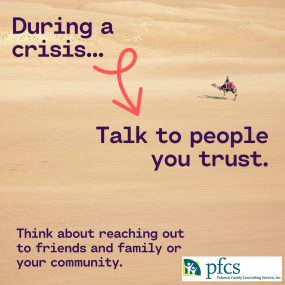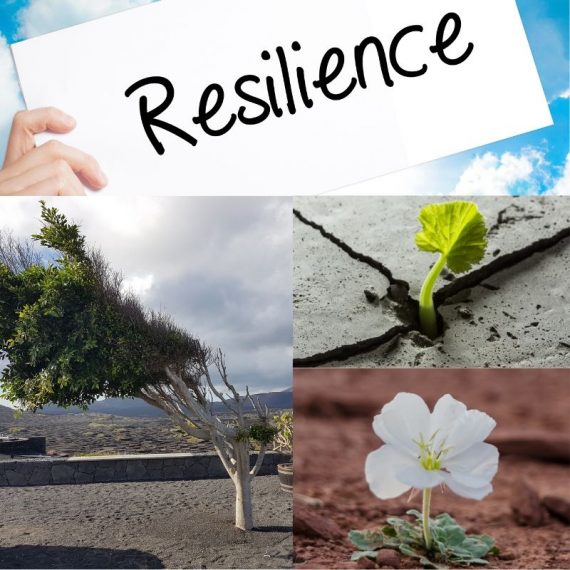The Buddha once asked a student: “If a person is struck by an arrow, is it painful? If the person is struck by a second arrow, is it even more painful?” He then explained, “In life, we cannot always control the first arrow. However, the second arrow is our reaction to the first. And with this second arrow comes the possibility of choice.” – Harvard Business Review, by Hougaard, Carter, Mohan 3/19/20
As the first arrow, the Covid-19 virus, spreads around the world, we are also seeing the spread of anxiety, fear, and worldwide insecurity and turmoil. That reaction to the virus is the second arrow. The first arrow causes inevitable and inescapable pain, and our response and resistance to it give birth for all the second arrows.
During times of crisis such as we’re going through now, our mental state often magnifies and intensifies an already extremely difficult situation, becoming a major obstacle in itself. We get trapped into a cycle of negative thinking, as well as feelings of fear and helplessness.
Psychologists define resilience as the process of adapting well in the face of adversity, tragedy, or any significant stressful events. But when we adopt the perspective that these challenges can strengthen us, that we can learn from both success and failure, we develop resilience. Resilience involves both bouncing back from challenging experiences, as well as providing the opportunity for personal growth. This growth can mean a stronger sense of gratitude for life, an increased sense of one’s own competencies, and a stronger feeling of connectiveness to our fellow beings.

Developing a resilient attitude may involve the following:
- Reframe your interpretations – find a more positive way to explain the situation, while accepting reality. We can decide how we interpret any situation, including disaster. Research shows that after facing the same natural disaster, some survivors were able to find the silver lining.
- Build relationships and seek support – strong supportive relationships can be a powerful force behind resilience. Reach out for support.
- Identify what you can control – take action, a step forward, even if it’s a small step. Recognize optimists are able to focus their attention on how they can improve their situation, on what they can do, not on what they cannot do. Focus on the glass being half full.
- Embrace challenges and failures – allow yourself to be vulnerable, hard though that may be. When we decide that despite the risk of failure we can challenge ourselves, we also court success and this is how we build resilience.
- Accept change – they say that the only constant in life is change, and while it’s natural to resist change when it brings pain, it is unavoidable. Acknowledge that change is painful and may even be unwanted, then realistically embrace new possibilities.
- Recognize your strength – most of us can look at other difficult times in our lives when we did overcome challenges. We did get up, dust ourselves off, and move on. And we can do it again!
We are in this together, and we will come out of it stronger. Until then, stay home, stay well, be safe.


